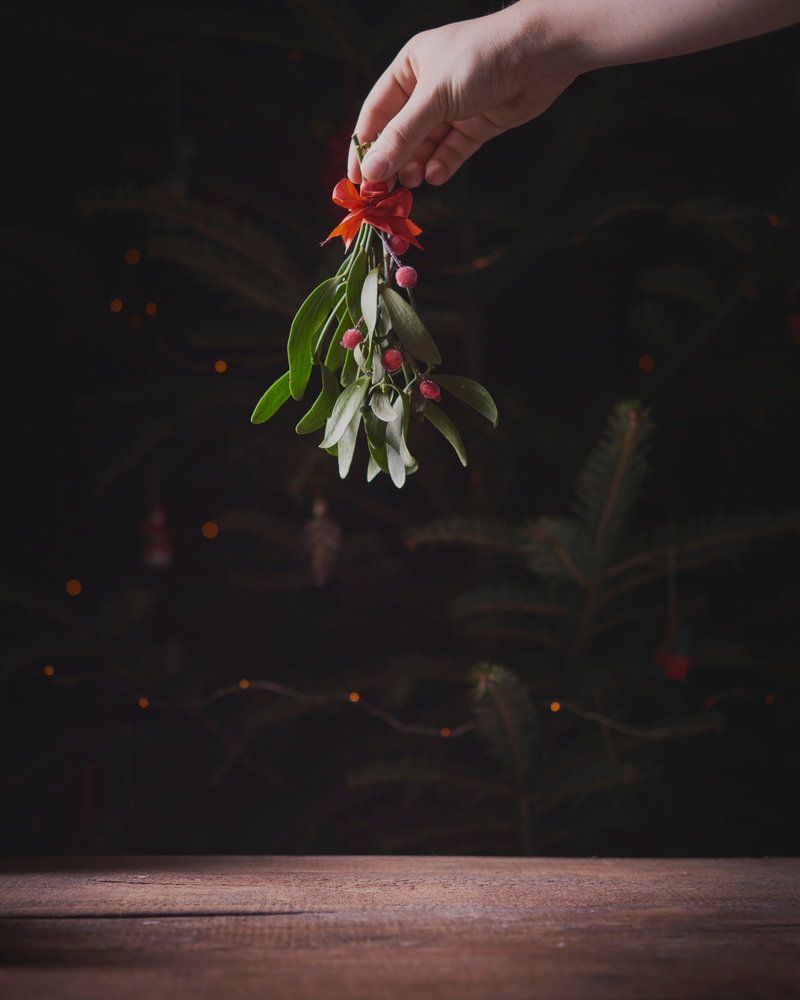Holiday Traditions With Pagan Origins

December is a month with a lot going on and known for one of the most valuable traditions. While it has the distinction of closing out the year, this is also a time when people tend to come together to enjoy a number of different holidays. For those who celebrate Christmas, annual traditions are a big part of the experience. From hanging lights on a tree to wrapping presents, there are plenty of rituals associated with the Christmas season. Interestingly, many trace their origins back to pagan roots. Read up on how some popular holiday actions got started to learn more.
A Kiss Beneath the Mistletoe
Most people are familiar with the tradition of hanging mistletoe. The idea is to place a sprig of this plant in the arch of a doorway. Should two people be caught standing beneath the mistletoe together, it is meant to encourage the two to kiss. While a sweet and common image of the holiday season, the tradition is one that dates back to various pagan communities across Europe. The Celtic druids, for example, viewed mistletoe with reverence and believed the plant symbolized peace, joy, and protection from dangerous forces of nature like lightning.
The tradition of kissing beneath the mistletoe might have started with the Celts. According to historians, enemies who met beneath boughs of mistletoe had to seek a truce. Though not exactly the same as encouraging a kiss, the idea of the plant easing strife between enemies is one that easily connects with the modern symbol of mistletoe.
The Gift of Giving As A Tradition
It is hard to imagine the holiday season without presents. Though most people would argue that Christmas has become too commercial in recent years, the practice of giving presents to people is far from a new idea. The Roman festival of Saturnalia was typically held in the middle of December and honored the agricultural aspects of the god Saturn. During the festival, it was quite common for friends and family to give each other small gifts for luck. Additionally, charitable acts were encouraged, and many would give presents to the poor as a gesture of kindness.
A Palette of Red and Green
Certain colors immediately jump to mind when thinking about Christmas. Red and green are shades that most people associate with the holiday season, found everywhere from Santa’s suit to the boughs of the evergreen. The color combo traces its roots back to the pagan practice of decorating with holly and ivy. The pagans of Europe were fond of using the red berries and verdant leaves of these plants in various solstice rituals. In fact, both holly and ivy have a deep symbolic connection to the holiday season.
The Romans believed holly was sacred to Saturn and ivy to Bacchus. Decorating homes and outfits with sprigs of these plants was a way of showing respect to the deities. To this day, the reds and greens of these plants can be found in holiday decor.
A Wreath of Laurel
Laurel is a plant that the Romans associated with the god Apollo. It was quite common for the winners of competitions in Rome to be gifted crowns of laurel that symbolized victory. During the holiday season, families would often make wreaths of the plant in order to pay homage to Apollo. Over time, pagan groups in regions where laurel was not plentiful would swap in other plants like evergreen to make wreaths. Eventually, the modern practice of creating a Christmas wreath from the greens of winter plants and hanging the finished product on the door was born.
It is hard to deny just how many rituals are involved with the holiday season. From hanging wreaths on doors to giving presents to caroling, there are all kinds of traditions with interesting pagan origins. Dig deeper into the details of these early practices and see what you can discover on your own.

